A beautiful medieval city that is easy to be missed, it has all the beautiful foods you want

©Susan Wright/Lonely Planet
Although once on the list of LP Europe’s best travel destinations, Bologna is still a niche choice. Its charm is no less than any popular Italian city-rich medieval cultural and artistic relics, the location of the world’s oldest university, Morandi’s hometown, and the nickname “City of Fatty” because of its food…
The heavy history and the breath of youth collide with sparks in the long colonnade. In the future, if you want to find a European destination that “does not hit the money”, you are right here~
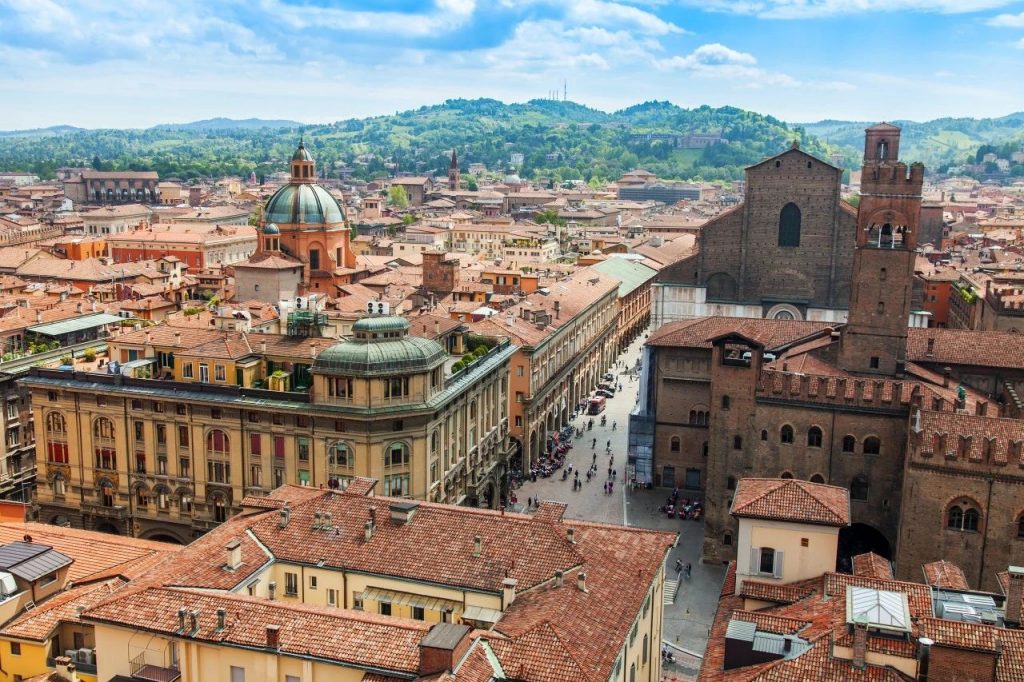
©bellena/Shutterstock
Bologna combines two charming temperaments, arrogant elegance and realistic fortitude permeating its beautiful medieval streets with colonnades.
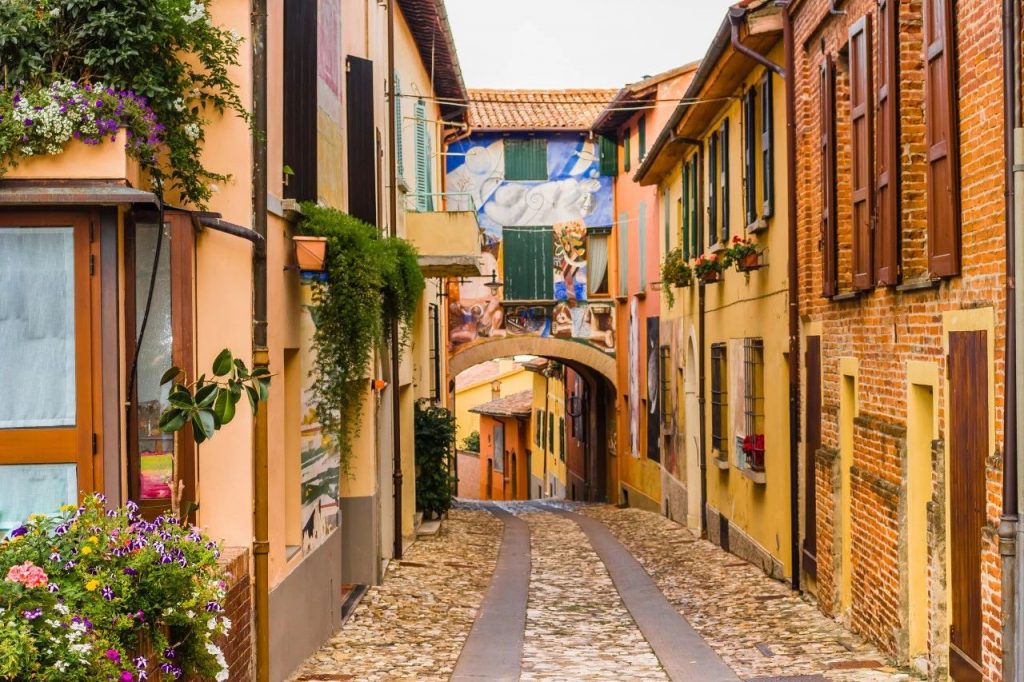
©GoneWithTheWind/Shutterstock
On the one hand, this is a diligent and motivated high-tech industrial city located in the prosperous Po River Valley, where elegant opera lovers walk out of the luxurious theaters and happily enter the country’s top restaurants.
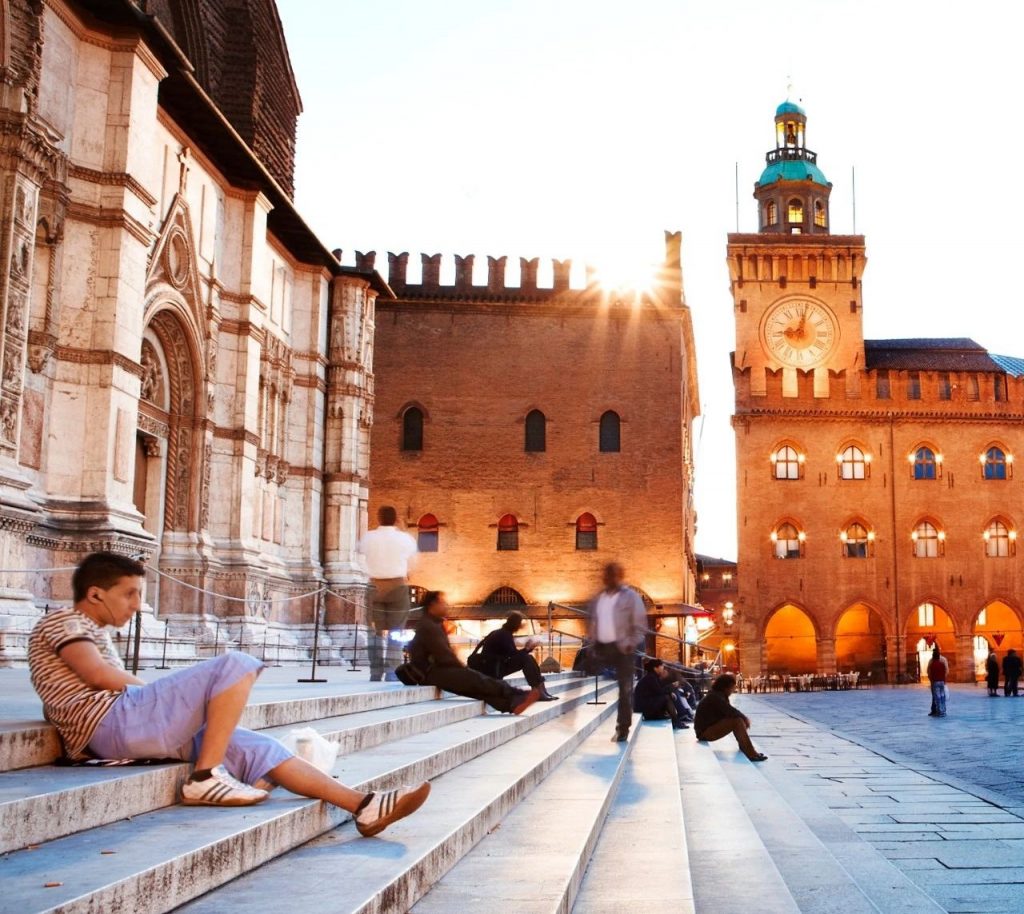
©Matt Munro/Lonely Planet
On the other hand, it is also a politically radical city, with the oldest university in the world, graffiti can be seen everywhere in the famous square, and humiliated students crowded here, exchanging views on Gothic fashion.
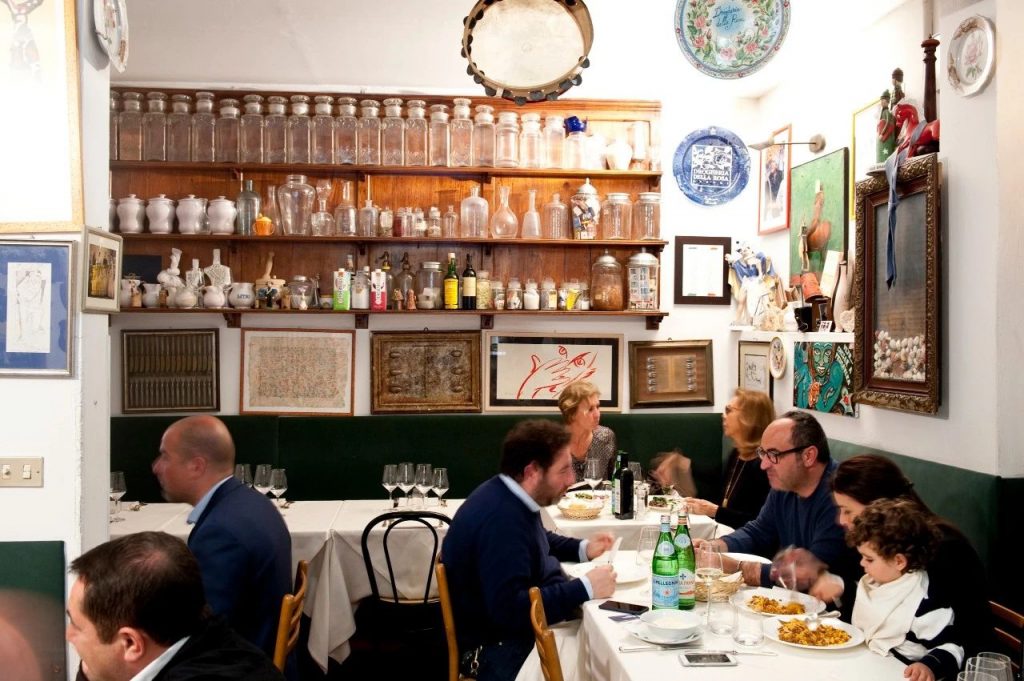
©Susan Wright/Lonely Planet
It is worth mentioning that Bologna has won many historical nicknames: “Fatty” (La Grassa) represents a rich gastronomic tradition (Bologna meat sauce was originally prepared here); “La Dotta” is A tribute to the city university built in 1088; “Red” (La Rossa) not only represents the ubiquitous red medieval buildings decorated with several kilometers of colonnades, but also implies the city’s long-standing left-wing political inclination.
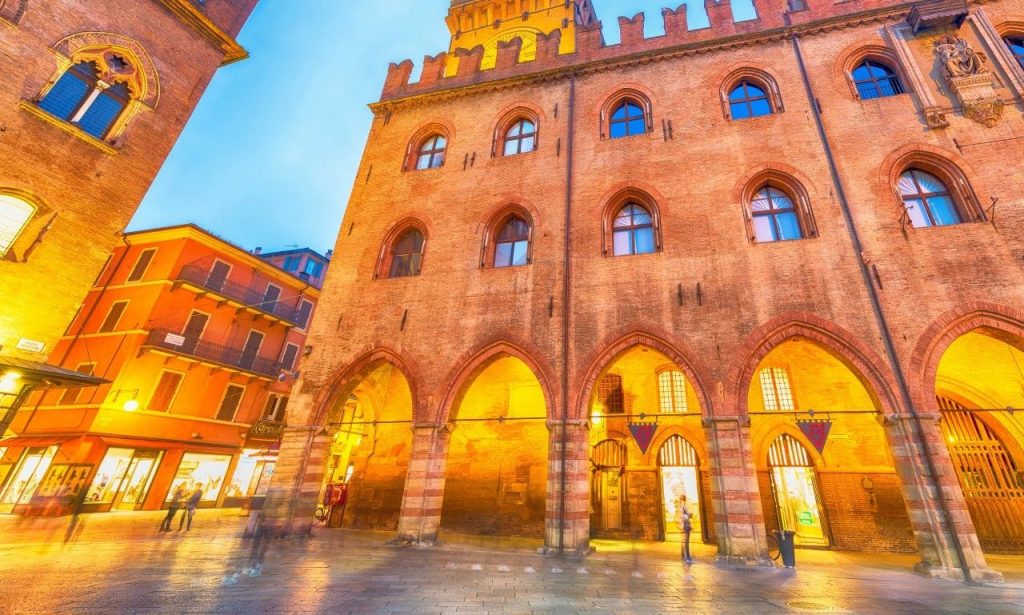
©pisaphotography/Shutterstock
Traveling in the Red Capital
Basilica of San Pietro

The Basilica of San Petronio, Bologna©Alessio Vallero
Bologna’s huge Gothic church is the sixth largest in Europe, 132 meters long, 66 meters wide and 47 meters high. The project began in 1390, but it has not been completed, and the main facade of the church is still incomplete today.
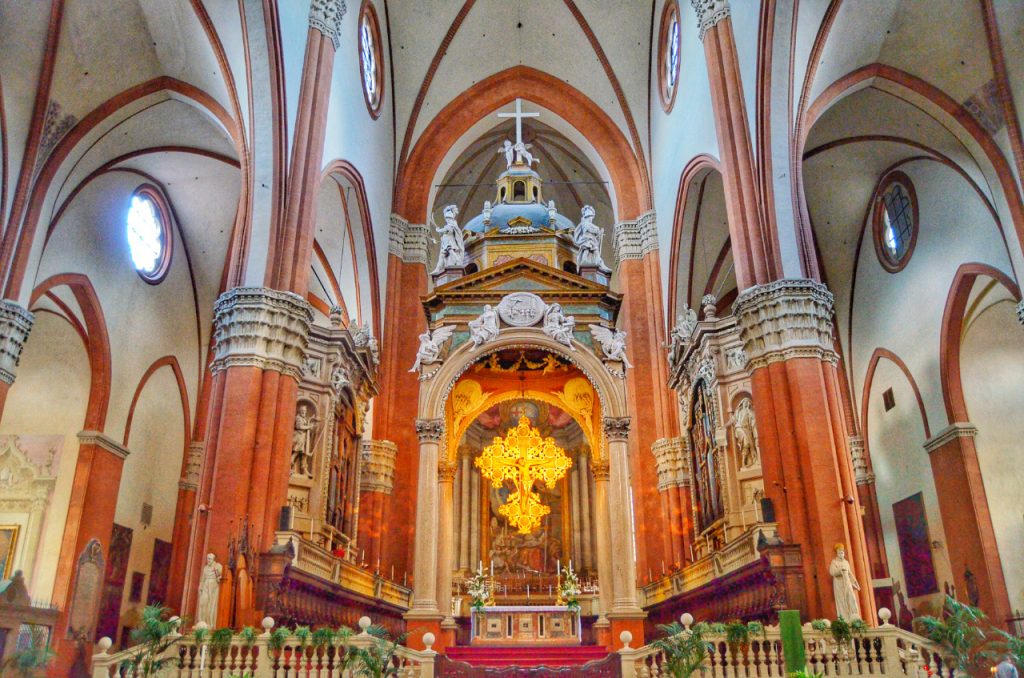
Shining in the shadow ©Pedro
Enter the church and notice the 67.7-meter sundial in the east corridor. The sundial was designed jointly by Gian Cassini and Domenico Guglielmi in 1656 to clarify the reasons for the abnormal years in the Julian calendar, which directly led to the occurrence of leap years.
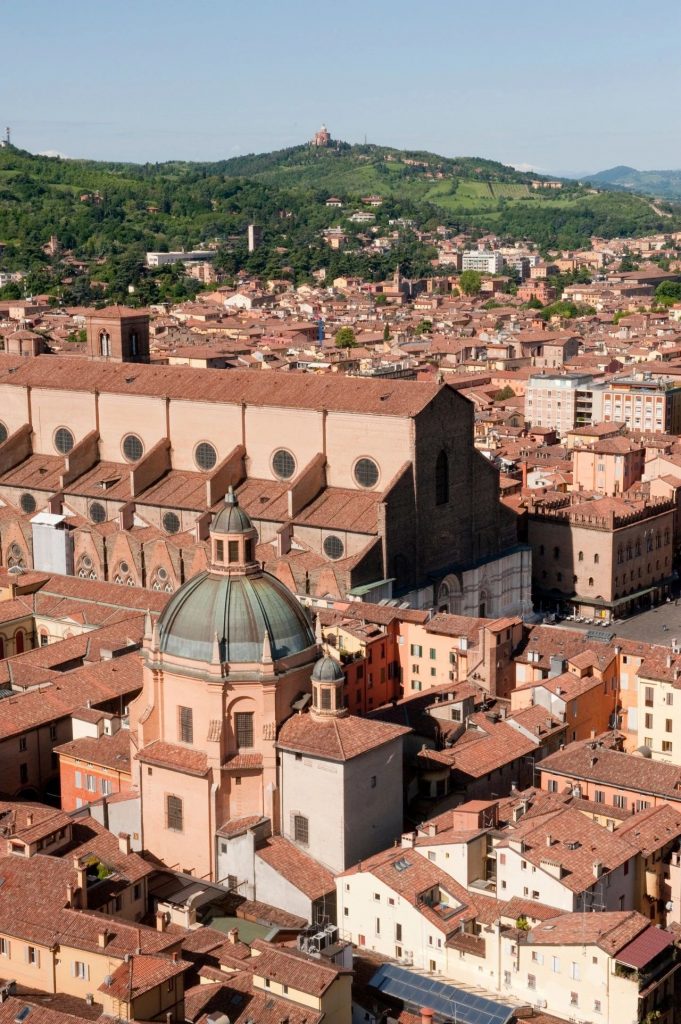
©Susan Wright/Lonely Planet
If the church were built according to the original plan, it would have been bigger than St. Peter’s Basilica in Rome, but in 1561 Pope Pius IV stopped the project and instead built a university in the east wing of the cathedral. If you walk along Via dell’Archiginnasio, you can still see the church’s semicircular vault weirdly pounding there.

Around Bologna … © Slices of Light
Asinellita
Torre degli Asinelli
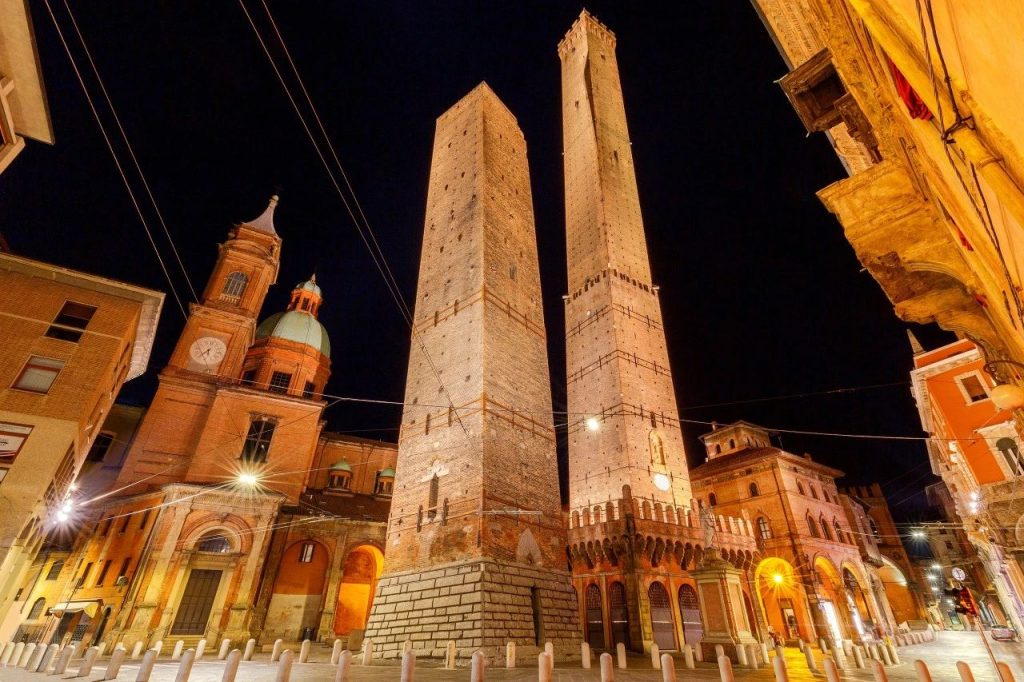
©kavalenkau/Shutterstock
The two leaning towers of Bologna are the main landmarks of the city. The taller Asinelli Tower is 97.2 meters high and is open to the public, but it is not recommended for tourists with acrophobia (only recently reinforced stairs with 498 steps to the top) or superstitious students ( According to local legend, as long as you climb it, you will never graduate.) Climbing.

DSC_8222 ©nicolas vadilonga
It was built by the Asinelli family from 1109 to 1119, and the tower has been tilted 2.2 meters so far. In contrast, the shorter twin tower, the Torre Garisenda, has a steeper slope. The 47-meter tower has been tilted by 3.2 meters.
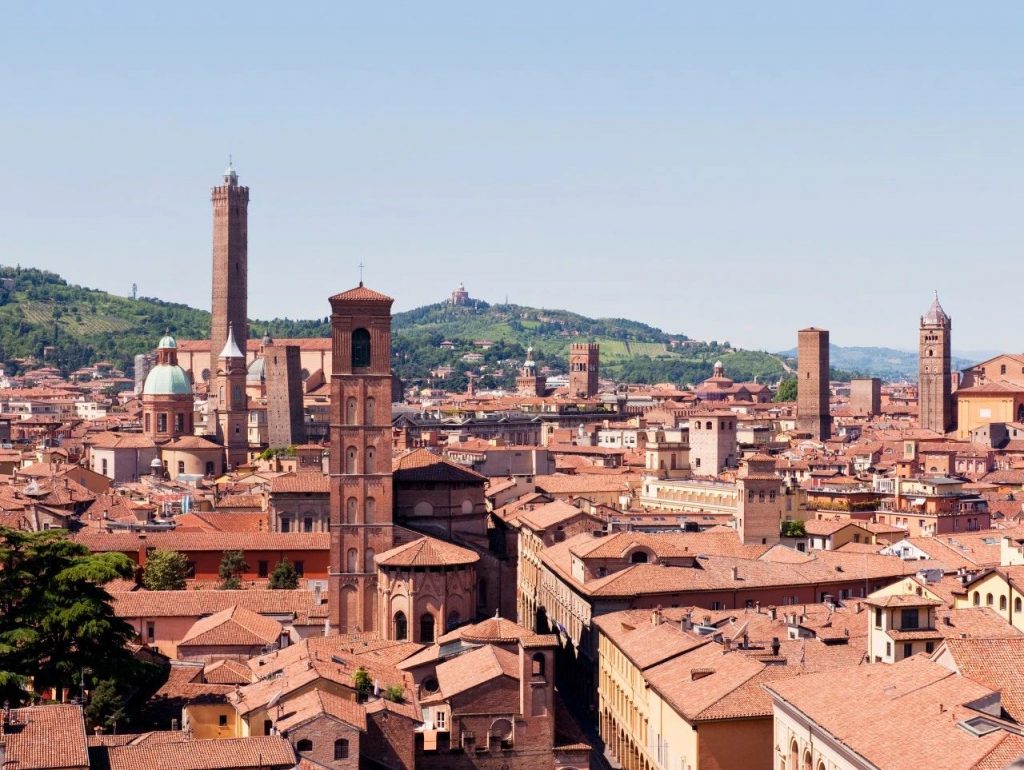
©Susan Wright/Lonely Planet
Tickets for the Asinelli Tower must be booked in advance on the official website or on the Bologna Welcome website. It is open every 45 minutes and has multiple visit times per day (visit tickets are not sold on site).
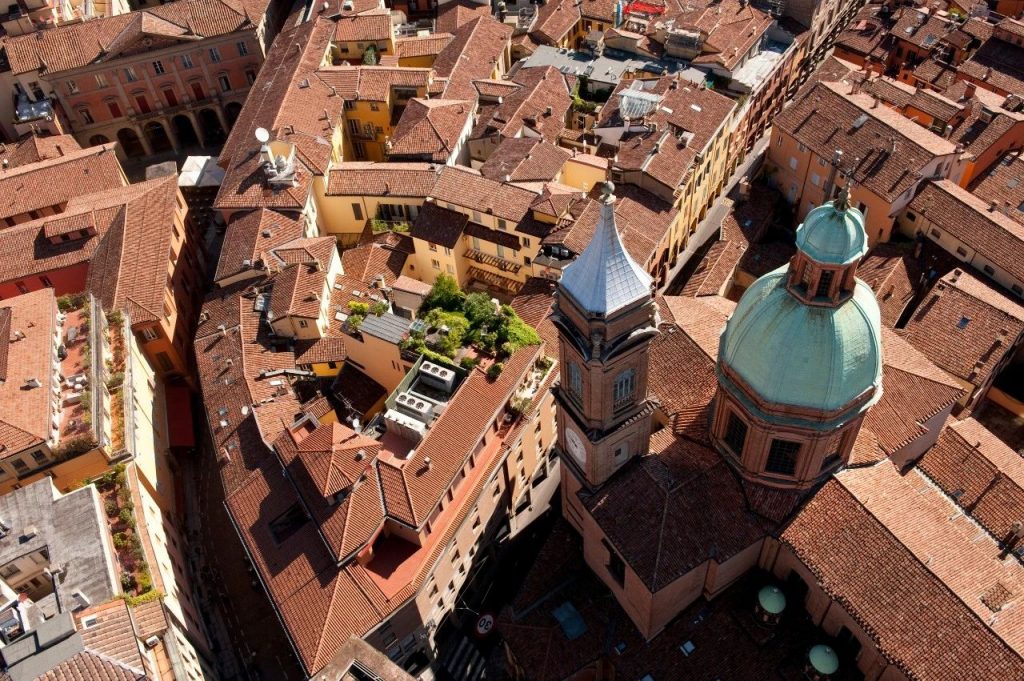
©Susan Wright/Lonely Planet
Basilica di Santo Stefano

Basilica of Santo Stefano©Eden, Janine and Jim
The unique religious site in Bologna is this maze-like Christian church building, which is full of atmosphere. Its architecture spans hundreds of years of Bologna history and incorporates Romanesque, Lombard, and even ancient Roman elements.

Bologna-040 ©Simon
There were originally 7 churches, which is the origin of the nickname “Sette Chiesa”. But only four survive to this day: the Church of the Cross (Chiesa del Crocefisso), the Church of the Trinity (Chiesa della Trinità), the Church of the Holy Sepulchre (Chiesa del Santo Sepolcro) and the Church of Santi Vitale e Agricola.
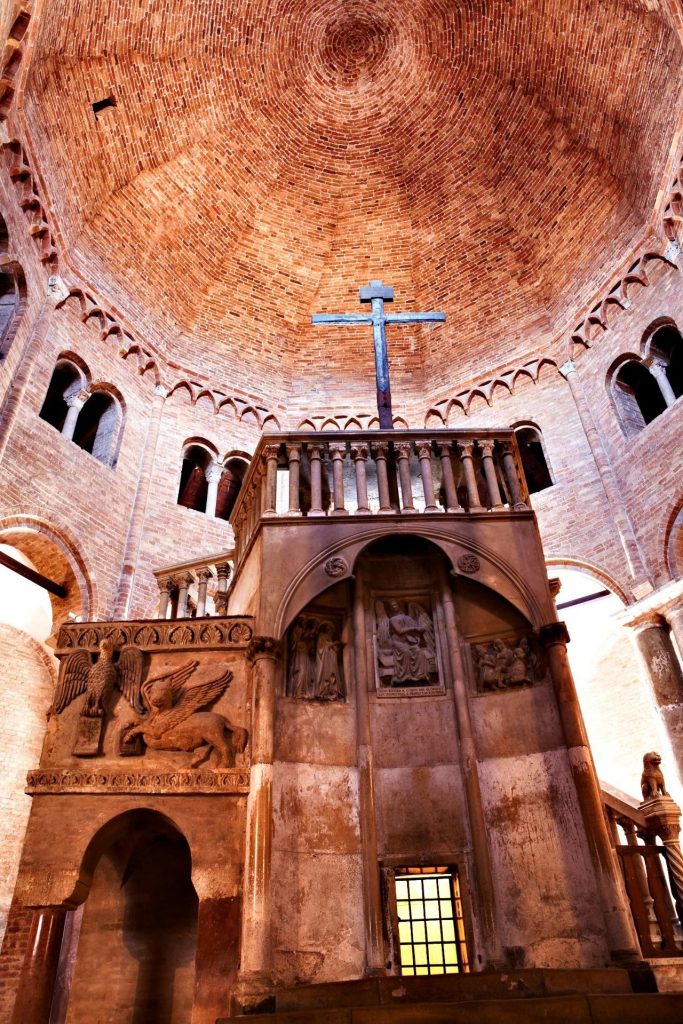
©Matt Munro/Lonely Planet
The first thing you see at the entrance is the Church of the Cross. The church was built in the 11th century and the remains of San Petronio (San Petronio) are placed here. Next is the Church of the Holy Sepulchre. This stately octagonal building was probably originally used as a baptistery.

Bologna-039 ©Simon
Through the courtyard, the Trinity Church connects the monastery and a small museum. The fourth building, Santi Vitale e Agricola, is the oldest church in the city. It is carved from recycled Roman stones. The main body of the church was formed in the 11th century. The ancient tombs of the two saints in the cloister on the side were once used as altars.

Santo Stefano, Bolonia ©Angel de los Rios
Basilica of Our Lady of San Luca

San Luca (Bologna) ©Denis Billi
The church on the top of a hill about 3.5 kilometers southwest of the city center is sacred but appropriate. The cathedral overlooks the bustling red city below.

Sanctuario di San Luca ©Lawrence Lew, O.P.
There is a black Madonna in the church, which was transported from the Middle East in the 12th century. It is said that the author is St Luke.
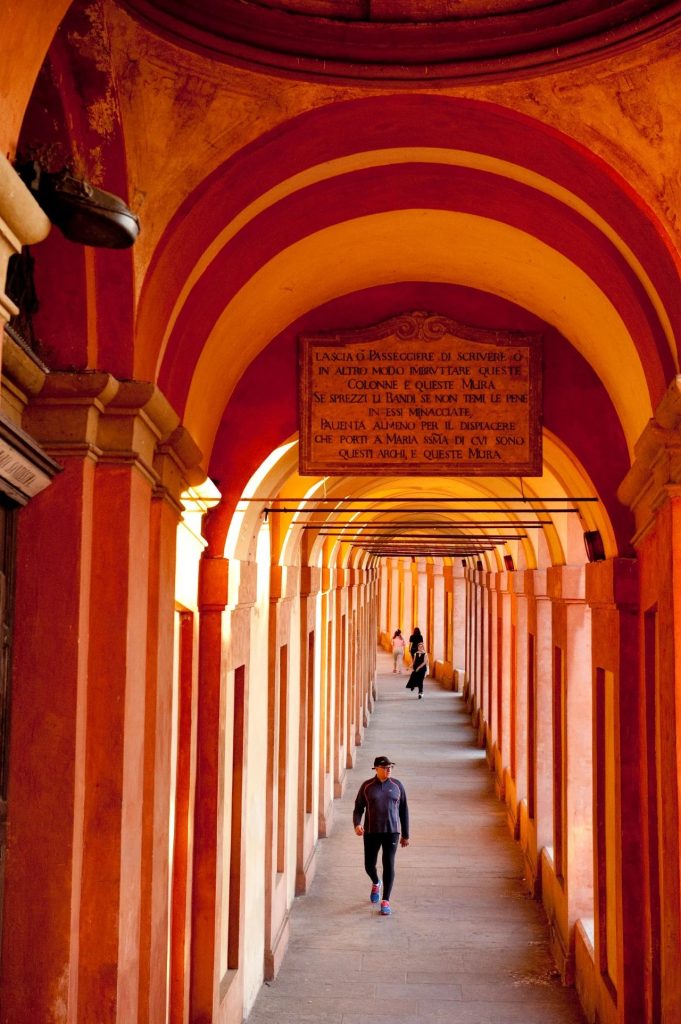
©Susan Wright/Lonely Planet
This 18th-century sanctuary is connected to the city wall by the longest colonnade in the world, with 666 arches above it, starting at Piazza di Porta Saragozza.
How to get there The most direct way to get to the cathedral is to take the tourist “train” San Luca Express from Piazza Maggiore. It runs 6 times a day and runs 4 days a week during peak tourist periods. Or take bus No. 20 from the city center to Villa Spada, and then change to minibus No. 58 to reach the cathedral; you can also take bus No. 20 and get off at the Meloncello Arch, then walk the rest under the arcade 2 kilometers road.
Anatomy classroom
Teatro Anatomico

3-Archiginnasio of Bologna, Italy IMG_9459 ©Alex Lunin
The charming anatomy classroom is located in the Palazzo dell’Archiginnasio (Palazzo dell’Archiginnasio). It was built in the 17th century. It used to hold public human anatomy under the supervision of the priest of the religious court. In stimulating scenes, the pastor will intervene.

Anatomy Theatre – Archiginnasio Palace©henry sting
A table with a marble top in the center is surrounded by layers of cedar wood seats. The Apollo sculpture on the ceiling overlooks the entire room, while two skinless wooden mannequins support the canopy above the lecturer’s seat. Below the hall is Aula Magna di Stabat Mater. It used to be a huge classroom. The visit here is included in the same ticket.

Bologna, Archiginnasio of Bologna©Greg Bandur
Eat in the city of fat
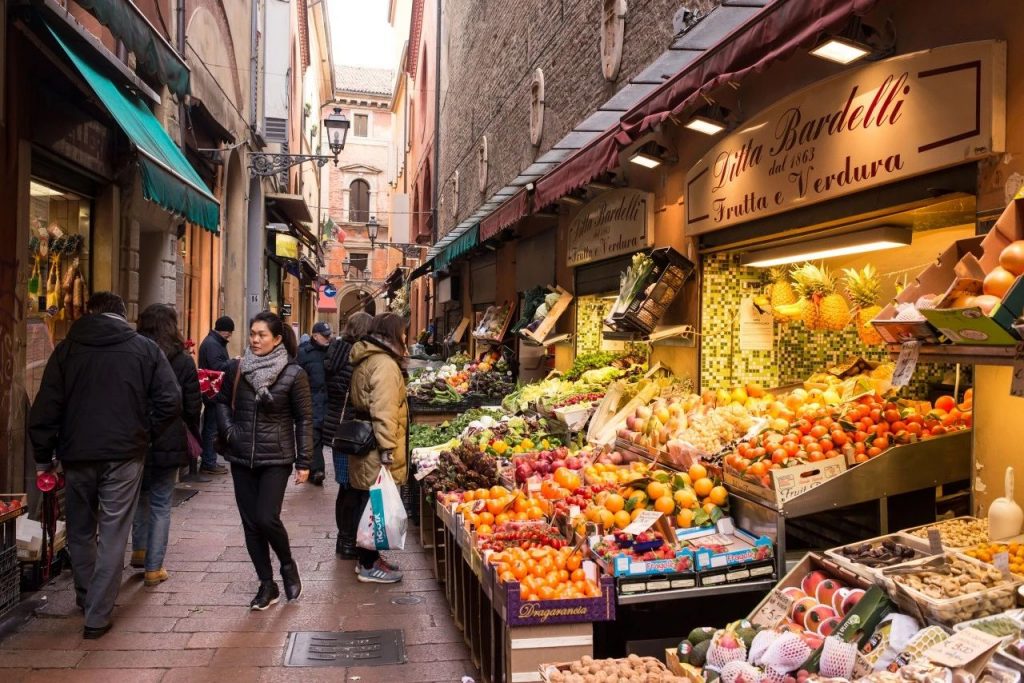
©DrimaFilm/Shutterstock
Bologna is such a city where you can discuss Chomsky topics with a left-wing newspaper vendor, and in the next minute you can enter the finest restaurants and enjoy the food like the old Italian kings. As long as you have eaten twice in Bologna, you can understand why the city is called “La Grassa” (Fatty).
Special diet
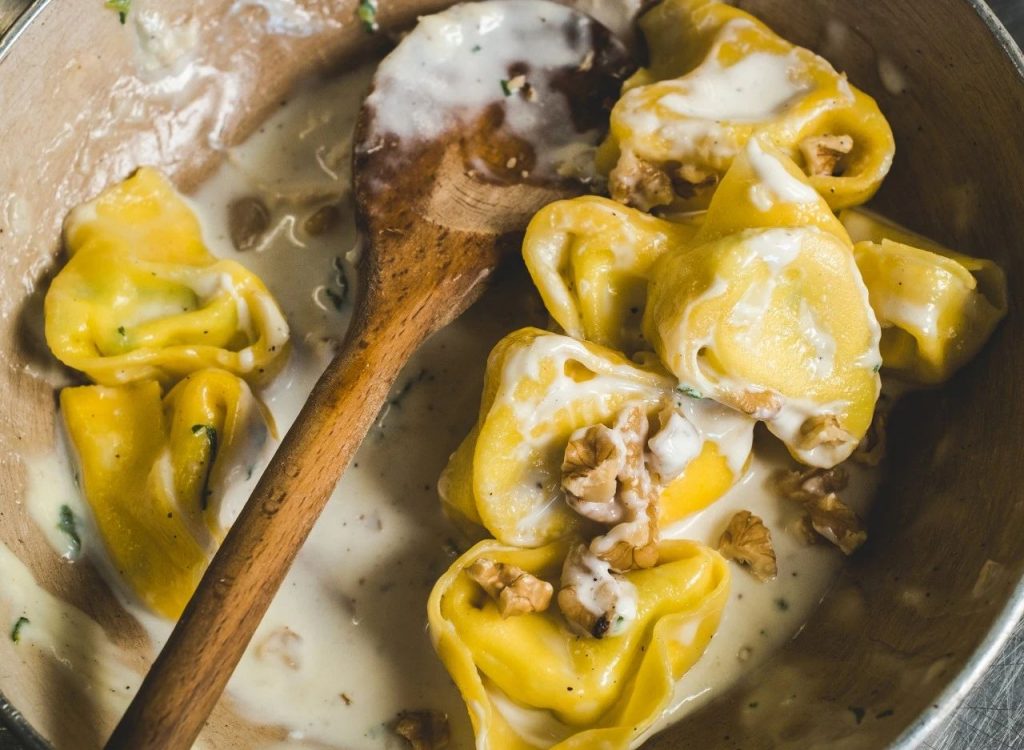
©Giorgio Morara/Shutterstock
It is the home of many classic Italian cuisines, including mortadella (meat sausage) and Italian meat dumplings, as well as spaghetti bolognese.
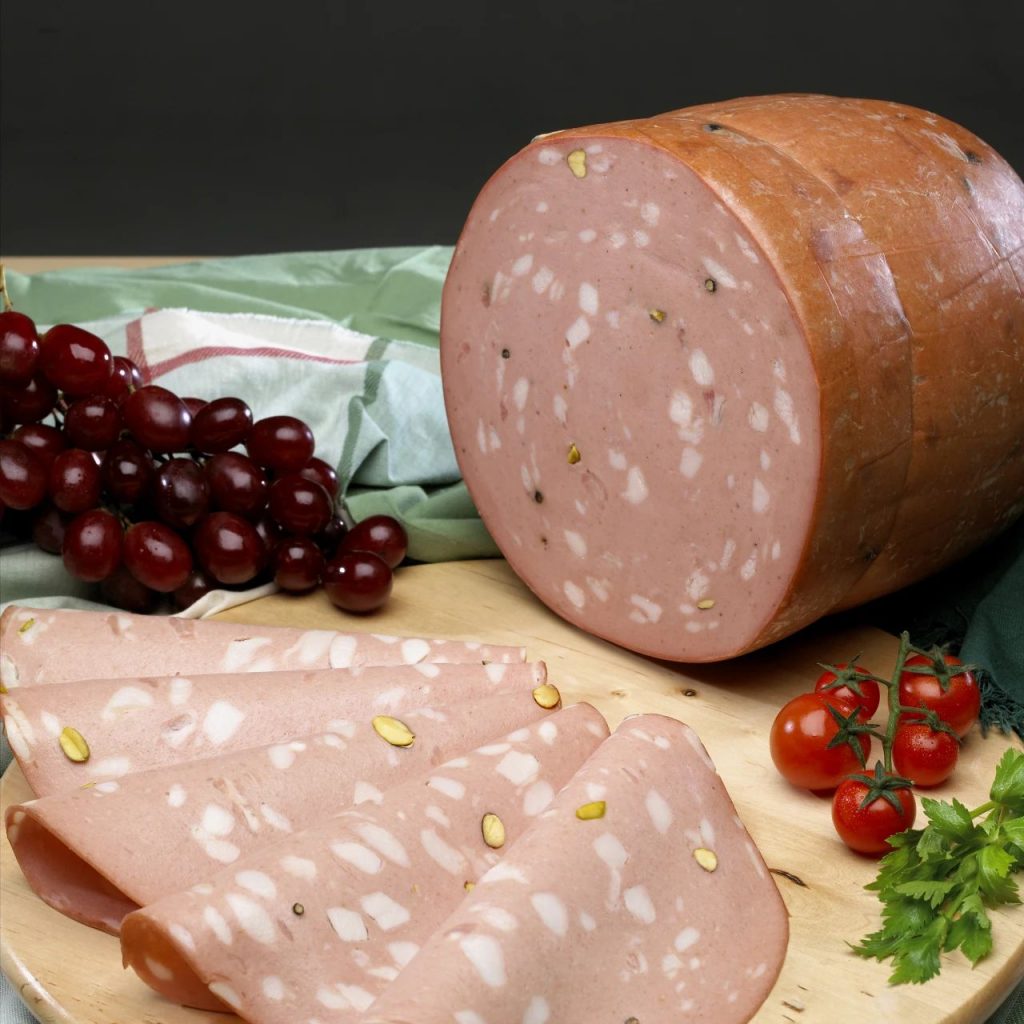
©davide chiarito/Getty Images
If you go to Emilia-Romagna to find the “authentic” spaghetti bolognese (spaghetti bolognese with tomato sauce), it may be difficult for you to get the name because the name is not appropriate. In the most traditional restaurant in Bologna, its treatment is no different from roast beef and Yorkshire pudding, and it will not appear on the menu.
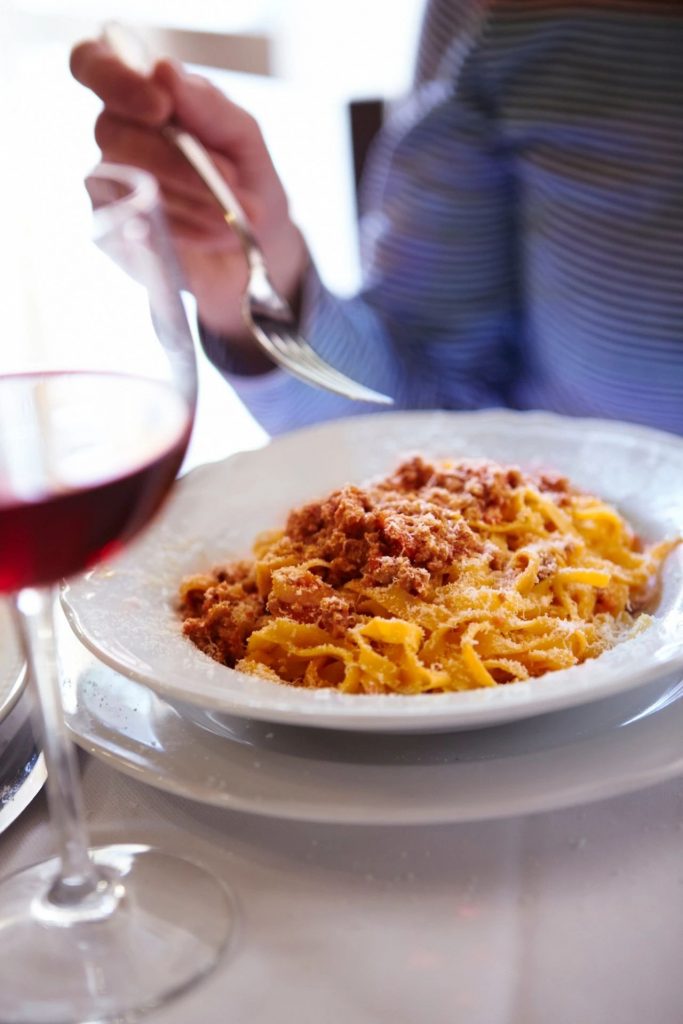
©Matt Munro/Lonely Planet
In fact, pasta made with a high-quality meat sauce called ragù is the pride of the city. It is made of simmered beef filling, Italian bacon, onions and carrots. It is slowly stewed with milk and wine. Let’s taste it. Calling the city’s signature spaghetti bolognese “spaghetti bolognese” is as embarrassing as calling champagne “bubbling wine”
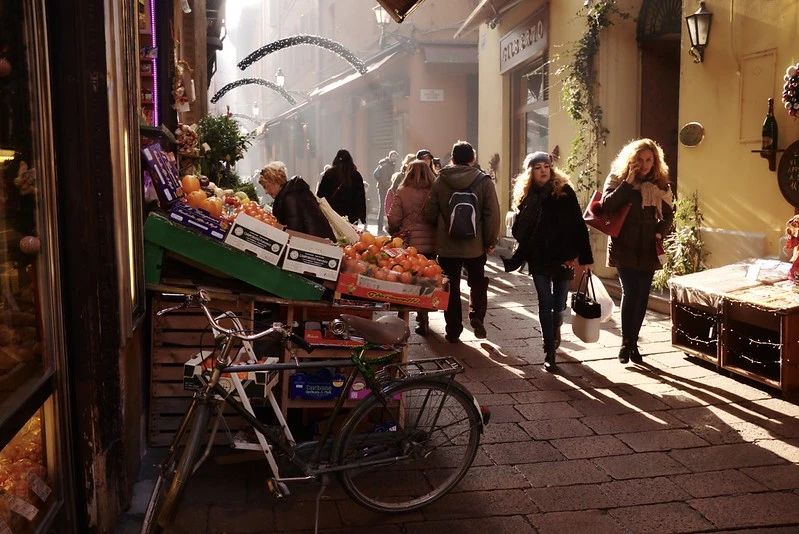
Bologna©Nicolas Vigier
Quadrilatero is located on the east side of Piazza Maggiore. This dense neighborhood called Sifang District is a good place to wander around. The grid-style streets still retain the ancient Roman style of Bologna. There are many market vendors, fashionable cafes and a wealth of delicious deli shops.

Bologna-034 ©Simon
Buy a cooked meat here, and then go to Modena to find the world-famous ancient balsamic vinegar. It is also the birthplace of Parmesan cheese and unparalleled Parma ham.

©wjarek/Shutterstock
No matter where to feast, don’t forget to drink a few glasses of Emilia Romagna’s famous Lambrusco or Sauvignon Blanc.
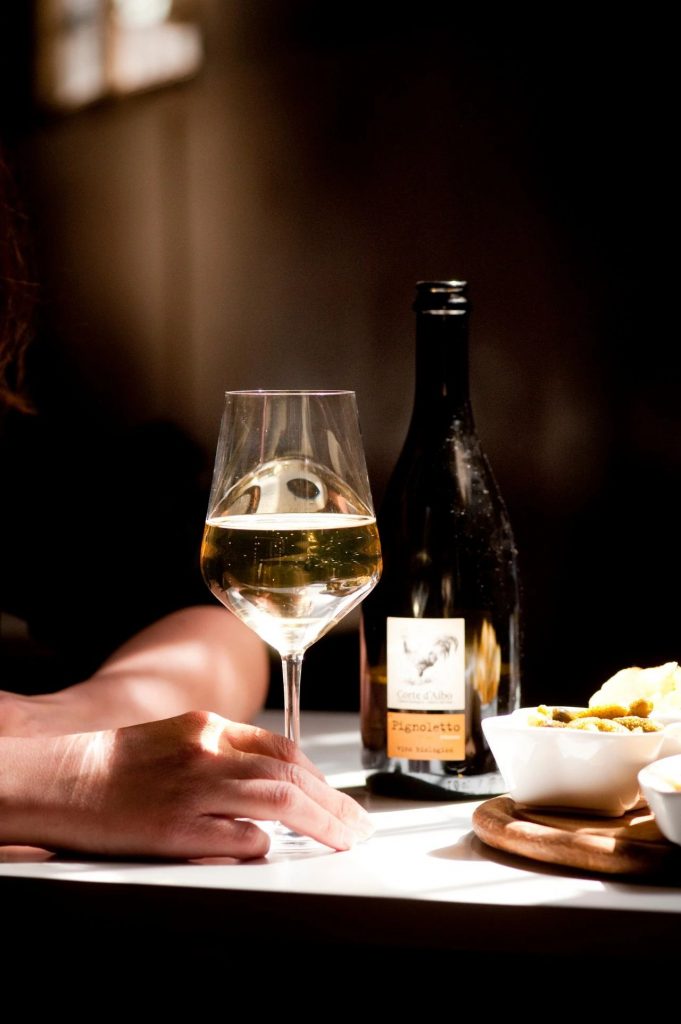
©Susan Wright/Lonely Planet
Play in the city of students
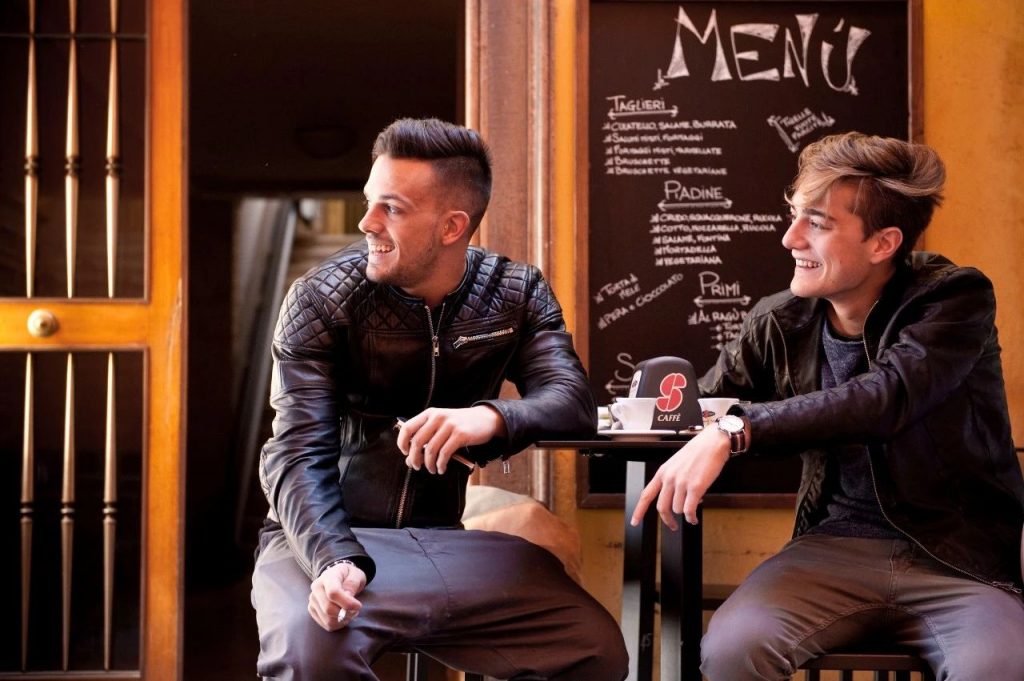
©Susan Wright/Lonely Planet
As a “university city”, Bologna has a large group of students with high quality. They know both rock music and the etiquette of opera. “Bologna Spettacolo” (Bologna Spettacolo) is the most comprehensive guide to events, available at newsstands or online.
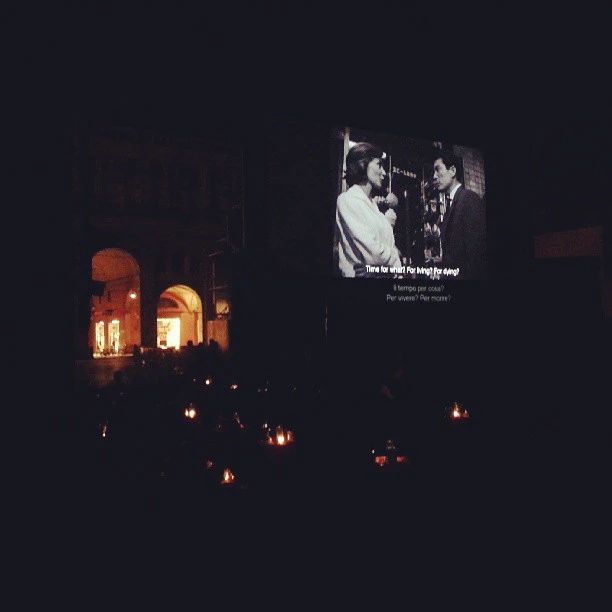
Le temps pour vivre? Pour mourir?©Tee-tina
In summer, Cineteca di Bologna will show open-air movies in Piazza Maggiore, projected on the largest open-air movie screen in Europe. Bring beer and pizza and enjoy the best summer entertainment in the city with the crowds in the square.
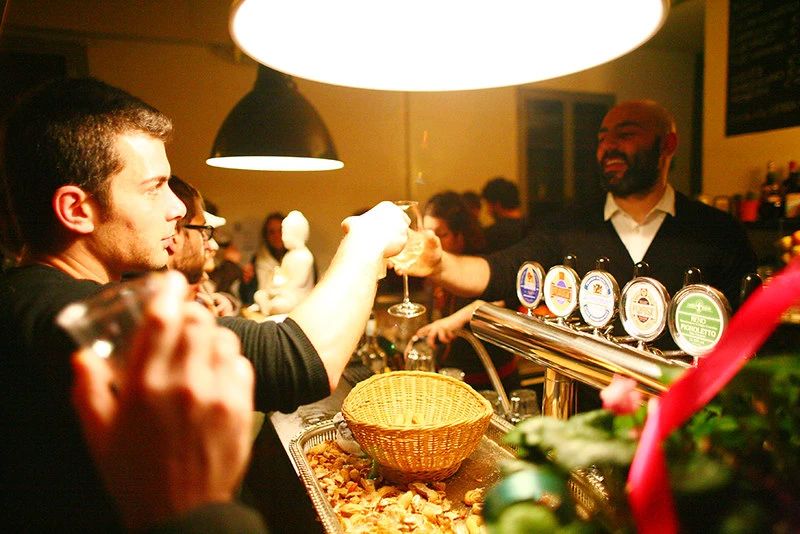
Inaugurazione l’Altro spazio || Via Polese 7 || Bologna©l’Altro Spazio
After sunset, head to the streets where graffiti can be seen everywhere in the University District, where the vigor is enough to make any exhausted middle-aged man in his 30s and 40s regain his youthful demeanor. Well-dressed people will go to the more upscale Sifang District; the more down-to-earth Via del Pratello is also worth trying, where the most stylish bars in the city gather.
Listen to a jazz live

ben ti voglio©marco
As the top jazz performance venue in Bologna, Bentivoglio is an “all-rounder”. It is not only a wine bar (with more than 600 brands of wine to choose from), a restaurant and a jazz club (with live performances on 6 nights a week for most of the year).

Bologna Jazz Quartet©Renzo Ferrante
This popular place is like a labyrinth, with many rooms, decorated with ancient brick floors, vaulted ceilings and shelves filled with wine bottles, exuding a cozy charm. In the summer, it will co-host the annual Salotto di Jazz with three other adjacent performance venues. At that time, wine lovers will sit on the outdoor pedestrian Via Mascarella street and enjoy 6 weeks of live jazz under the stars.

Bologna©Lorenzo Gaudenzi
Pub with college students

THE next whiskey bar© forever_carrie_on
When you leave the city center, walk out of Viali (Bologna Ring Road) and come to this unremarkable apartment block at first glance. What awaits you is the best craft beer bar and gastropub in the city. The 12 beer taps at Ranzani 13 continuously supply craft beer, adding to the delicious pizza and hamburgers in the store.

Irish [explored]©marco monetti
It’s worth mentioning a kind of pizza called “Happy Pork” (Happy Pork, slow-cooked pork shoulder with burrata cheese, basil leaves, and Parmesan cheese) and Magali (Magali, made with bacon and Corino cheese, caramelized onions and balsamic vinegar are the ingredients).
Cooking class in the university city
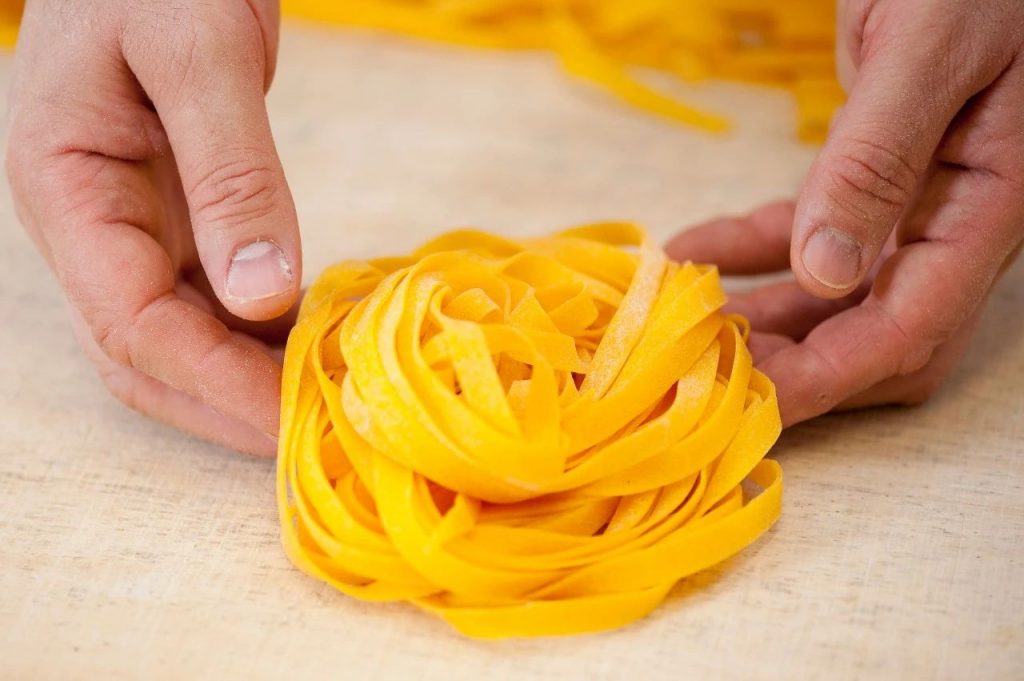
©Susan Wright/Lonely Planet
Bologna is naturally a good place to learn cooking, and there are several local schools offering English cooking courses. There are various 3-hour courses for €65 and 5-day pasta cooking courses for €325. There are quite a few options. We recommend Bologna Cucina and La Vecchia Scuola Bolognese.

©Susan Wright/Lonely Planet
Taste old Italian movies

Ragazza!© Oriol Lladó
Cineteca di Bologna is a store dedicated to the preservation of art and historical films. It sells original posters of old Italian films and the latest collection of classic film DVDs. It is a very interesting place in the city center. In addition, Cineteca di Bologna also has a cinema in Via Azzo Gardino 65, in which the high-tech Cinema Lumière (Cinema Lumière) shows classic Italian movies and original movies every day (Wednesday movie ticket price €5).

Lumière Cinema, Bologna©Truus,Bob & Jan too

Comments